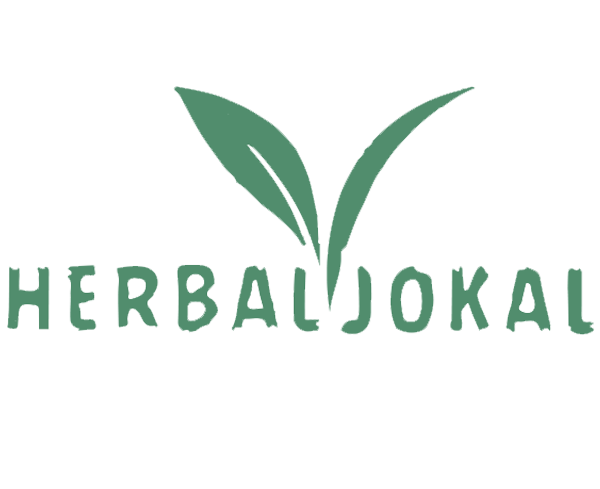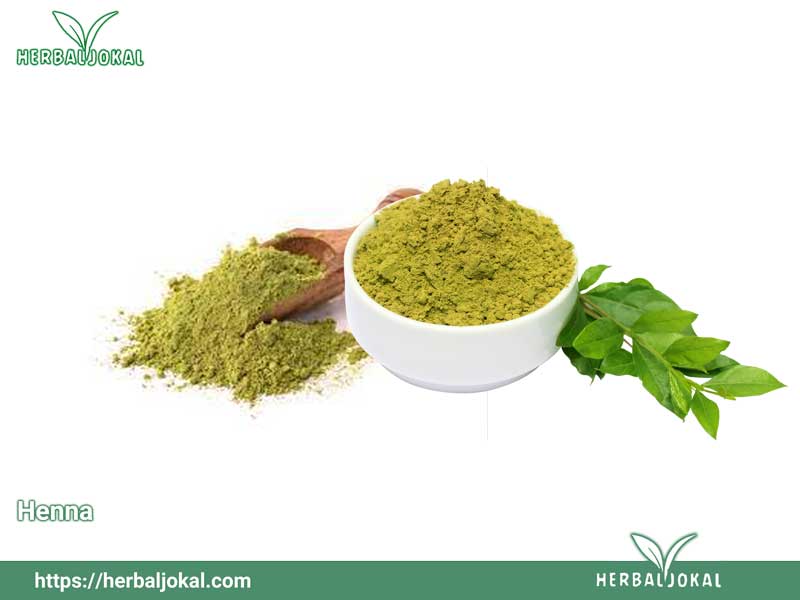Henna has been one of the most important ornamental medicinal plants of Iranians since the past and in addition to the special place that has been held in the customs of our country’s people in celebrating rituals and ceremonies, it has also been used for medicinal applications since a long time ago. The henna tree grows in the southern regions of Iran around Bandar Abbas and Bushehr, Sistan and Baluchistan province (around Chabahar), Kerman province (Kerman, Bam and Narmashir), Khuzestan province (around Ahvaz) and Yazd. Azerbaijan, Afghanistan, Germany, United Arab Emirates, England, Italy, Iraq and several other countries are the destinations of henna exports from Iran. Due to the abundance of this product in Iran, our company can export it to the whole world with the best quality and price without intermediaries.
How to buy
Our company can send this product with any analysis you want and in the form of your desired packaging through different transportation methods such as (FOB) (CFR) (DAP) (CIF). It should be noted that we also offer free product testing for you.
Our offices in Oman, Iran and America are ready to serve you.
From the distant past until today, henna has been one of the most important and significant ornamental and medicinal plants for us Iranians. This plant even has a special place in our customs.
Leaving aside the export of this product to Europe, many women, especially women who live in Iran, use henna as a plant for their beauty. From the distant past until today, henna has been one of the most important and significant ornamental and medicinal plants for us Iranians. This plant even has a special place in our customs. Leaving aside the export of this product to Europe, many women, especially women living in Asian countries, use henna as a plant for their beauty. Delicate designs with curved lines drawn on hands and feet by henna are a sign of their love for this plant.
We also remember very well in our Iranian culture that in the not-so-distant past, women used henna as a hair and nail enhancer, but it is not bad to know that this colored plant has many properties; More than we thought or heard from our grandmothers.
In Iran, its leaves were used to treat leprosy, jaundice and dandruff. The decoction of henna leaves is given as tea to pregnant women during childbirth, the decoction of its root is diuretic and is also very useful for softening the chest and bronchitis. The pulp of its crushed leaves is used to treat purulent infection of the nails, and an ointment is made from its unripe fruit, which is useful for relieving itching. Oil and ointment are made from the leaves of this plant, which are used to heal wounds and bruises and to remove blood loss.
In nature, according to Iranian traditional medicine sages, henna is a cold and dry plant as well as hot and dry.
Kerman and Sistan and Baluchistan are also provinces in Iran where henna trees are abundantly found.
Usually, this plant is harvested 2-3 times a year, from mid-summer to early autumn, and its dried leaves are sold in the market.
Henna flowers are a deep hypnotic whose compounds are used in medicines.
Medicinal properties of henna
- It has softening and sunscreen properties. In the form of a curtain, it prevents the effect of the sun’s rays on the body’s skin.
- The leaf extract of the plant is used as an anti-muscle spasm of the digestive system.
- It is a harmless dye for skin and hair. Henna does not color black hair, but it makes white or other colored hair red.
- Decoction of henna leaves is used to treat skin diseases, relieve headaches and as a mouthwash.
- The leaf powder of this plant is used to cure eczema and prevent sweating of the hands and feet. Mix its leaves with peach leaves and tannin leaves of different plants and use it as a poultice.
- It is a unique medicine for skin problems, especially skin cancer.
- Applying a mixture of crushed henna leaves with olive oil to the scalp helps in hair growth, especially if this mixture is mixed with coriander juice and then applied.
- In order to thicken the skin of the palms and feet and heal the wounds between the fingers, the powder of this medicinal plant is used as a poultice.
Amazing properties of henna
- To get rid of kidney and bladder stones, soak its leaves in water, filter and drink.
- Use henna oil to relieve nerve and joint pain. In this way, the henna flower is boiled in olive oil, filtered and used.
- One of the problems that has spread among women now is the problem of amenorrhea and premature menopause. One of the best treatments is hair removal.
- The essence strengthens the brain and prevents cold and phlegm from penetrating.
- Topical use of this plant’s oil is beneficial for patients with inflammation and joint pain. With age and muscle and cartilage degeneration, joints become painful. This issue may cause pain in different parts of the body. By using this oil locally in painful parts of the body, it becomes easier to move and the quality of life is better.
- Treatment of liver disorders. The bark of the plant is effective in treating enlarged liver and jaundice.
- Removing mouth pimples by washing with the decoction of this plant.
- Preventing palm sweat with the round combination of henna, cedar and peach leaves.
- Eliminate itchy skin and head fungus.
prohibited usage
As you can see, the properties of henna are many and it is used for various purposes in the treatment of skin and hair. But this plant, like other medicinal plants, has contraindications. Therefore, it is necessary to pay attention to these things.
- Black henna contains substances that may cause allergies and cause skin rashes and internal discomfort.
- It is harmful for the throat and lungs and therefore it should be eaten together with the katira. The permissible amount to eat it is 5 grams, and consuming more of it is dangerous. Contact sensitivity, asthma, abortion and adverse effects on the throat and lungs are other side effects of this plant.
How to use
The method of using henna does not have a special formula, but it is better to use it in the following way.
For this purpose, henna must be in powder form. We put the required amount in a container and mix it with water until it becomes uniform. This mixture should be placed in the sun or in a warm place to ripen and have much more coloring power. When the color of our mixture changes, it means it is ready to use. Now you can dye your hair or skin. You can cover your head with plastic and wait for a few hours and then go to the bathroom.
Sources:
: https://www.thehennaguys.com/pages/what-is-henna
: https://silknstone.com/about-henna/
: https://www.stu.ca/lnap/henna-its-history-and-cultural-significance/
: https://www.webmd.com/vitamins/ai/ingredientmono-854/henna
: https://www.baytalfann.com/post/the-art-of-henna-in-muslim-cultures
: https://www.healthline.com/health/beauty-skin-care/henna-benefits-for-hair




Reviews
There are no reviews yet.